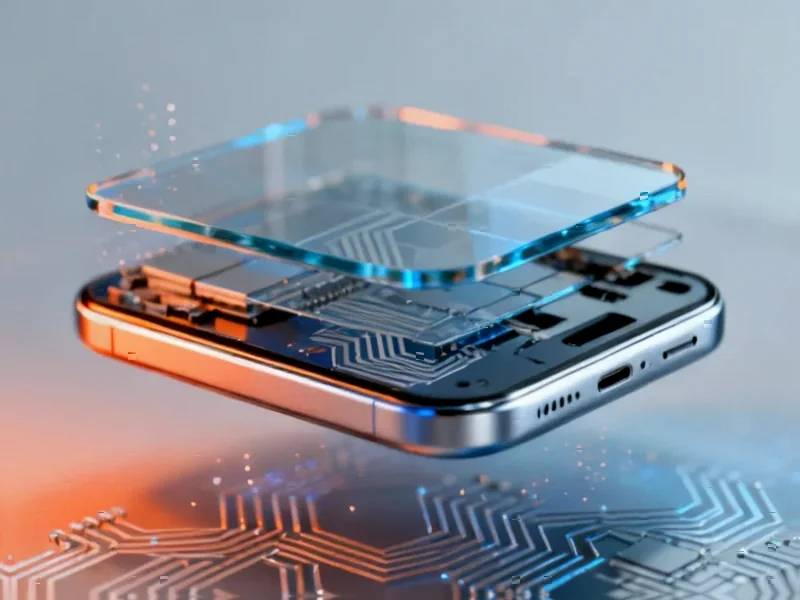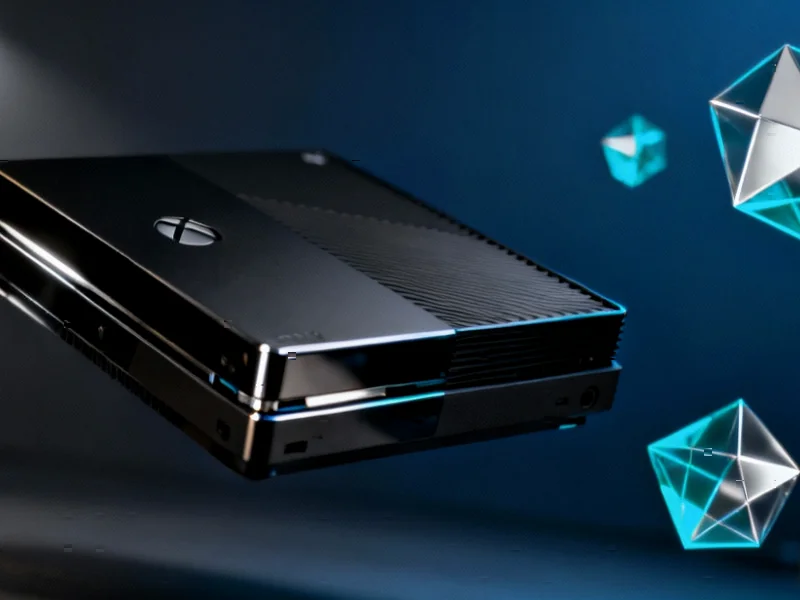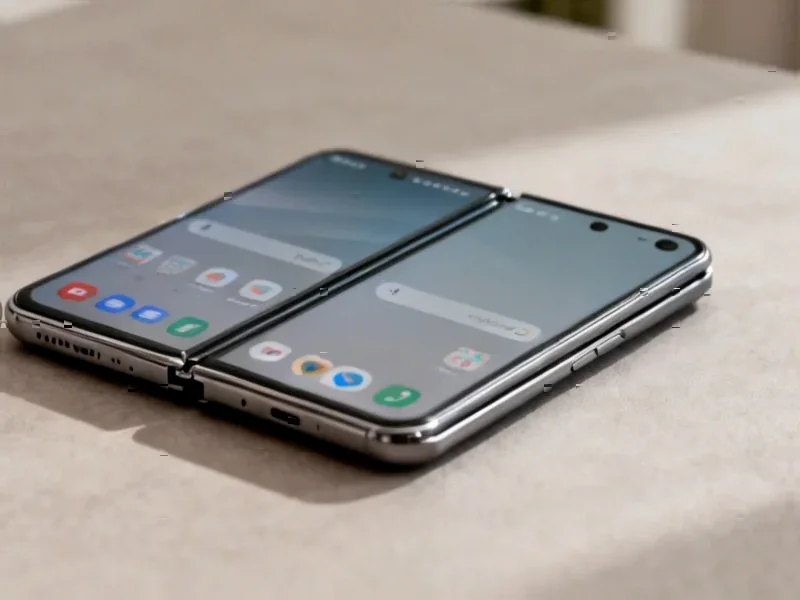According to Android Authority, Samsung’s Galaxy Edge lineup has experienced significant volatility, with the company releasing the impressively thin Galaxy S25 Edge in the first half of this year despite some shortcomings. After strong rumors about its successor circulated, leaks suddenly suggested Samsung had canceled the Galaxy S26 Edge entirely. However, new rumors now indicate the Galaxy S26 Edge might not be as dead as previously thought and could potentially return in a different but similar form, signaling what could be a transformative revival of the Edge series as a standalone identity competing directly with devices like the rumored iPhone Air. This rollercoaster of product development decisions reflects Samsung’s ongoing strategic positioning in the ultra-premium smartphone segment.
Table of Contents
The Ultra-Thin Phone Conundrum
Samsung’s apparent indecision regarding the Edge series highlights a fundamental challenge in today’s smartphone market: balancing form factor innovation with practical functionality. The Galaxy lineup has historically pushed design boundaries, but ultra-thin devices face significant engineering trade-offs. Battery capacity, thermal management, and structural integrity all become compromised when pursuing extreme thinness. What makes this particularly challenging for Samsung is that they’re essentially competing against their own successful models – cannibalizing sales from their mainstream Galaxy S series while trying to carve out a new premium category.
The iPhone Air Threat and Market Positioning
The timing of this potential Edge revival is particularly interesting given Apple’s rumored development of an iPhone Air model. Samsung appears to be preemptively positioning itself against what could be Apple’s next design innovation. However, the competitive dynamics here are more complex than simple feature matching. Samsung’s strength has traditionally been in offering diverse form factors across price points, whereas Apple maintains a more streamlined portfolio. An Edge revival would need to justify its existence not just against Apple, but within Samsung’s own increasingly crowded premium lineup that now includes foldables and enhanced standard models.
The Manufacturing Reality Check
Reviving a canceled product isn’t as simple as flipping a switch – it involves significant supply chain and engineering reconsideration. Component suppliers who were informed of the cancellation would have reallocated production capacity, tooling might have been repurposed, and engineering resources reassigned. This back-and-forth suggests either internal disagreement at Samsung about the product’s strategic importance, or potentially new market intelligence that changed their calculus. The fact that they’re considering a “different but similar” form rather than simply reviving the exact canceled design indicates they’ve identified specific shortcomings in the original S26 Edge concept that need addressing.
Consumer Psychology and Product Launches
The very public nature of these cancellation and revival rumors creates an interesting psychological dynamic with consumers. Products that survive cancellation rumors often generate heightened interest, but they also face increased scrutiny. Consumers will be watching closely to see if the revived S26 Edge addresses the shortcomings noted in the S25 Edge while maintaining its impressive thinness. This situation mirrors challenges faced by other industries where product development becomes public knowledge too early, creating expectations that are difficult to manage. Samsung will need to carefully message why this product deserves a second chance and what improvements justify its existence in their portfolio.
The Future of Niche Smartphone Categories
This Edge saga reflects broader industry trends where manufacturers are experimenting with specialized form factors to reignite growth in a mature market. The success or failure of this potential revival could influence how aggressively other manufacturers pursue niche categories. If Samsung can successfully position the Edge as a standalone series competing directly with Apple’s ultra-premium offerings, it could validate the strategy of creating specialized sub-brands within main product families. However, the history of smartphone design is littered with innovative form factors that failed to find sustainable market positions, suggesting Samsung needs a very clear value proposition beyond simply being thin.



